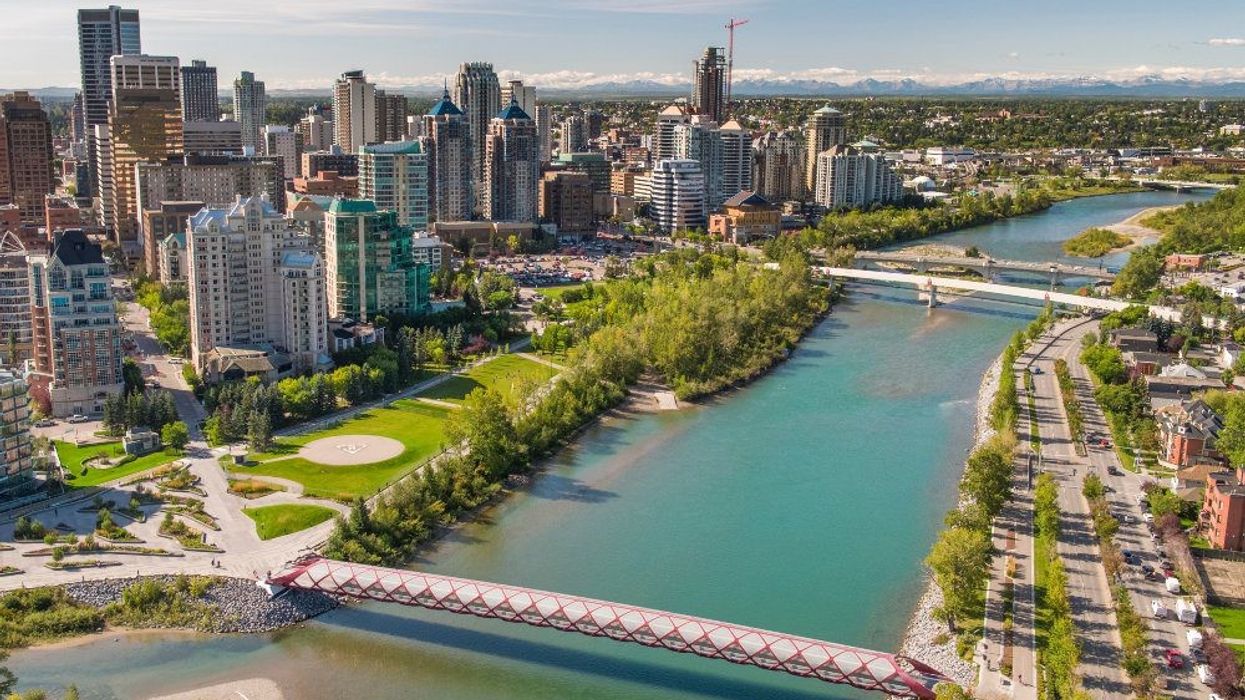When Alberta launched its "Alberta is Calling" advertising campaign last summer with the goal of poaching talent from Vancouver and Toronto, one of the core merits it highlighted was the affordability of key cities like Edmonton and Calgary.
A recent report seems to indicate that there's more to the story, and that things may not be all sunshine and rainbows when it comes to housing affordability, at least in Calgary.
On Tuesday, Vibrant Communities Calgary, a non-profit focused on reducing poverty in Calgary, published its 2022 Community Wellbeing Report, which examined all of the various layers that play a role in poverty, such as employment, transportation, food security, education, and housing affordability.
Housing has traditionally been deemed unaffordable if it costs over 30% of one's income. Vibrant Communities Calgary found that by this metric, housing affordability has improved in the past decade, from 36.6% of tenants spending over 30% on shelter in 2016 to 34.5% in 2021. However, they also note that the national average when it comes to the portion of income spent on rent has decreased from 40% to 33.2% in the same period, which means that Calgary has gone from below the national average to above it.
According to the Canada Mortgage and Housing Corporation (CMHC), the overall vacancy rate for purpose-built rentals dropped from 5.1% in 2021 to just 2.7% in 2022, which CMHC says is the lowest rate since 2014.
Tightening supply typically results in higher prices, and Vibrant's report found that this has indeed been the case. Similar to the amount of tenants paying over 30% for housing, the median monthly costs for rent and utilities improved from 2016 to 2021 ($1,350 to $1,324), but was once again higher than the national median, by 26.1%, in the same period.
Keeping in mind that these are medians, not averages, Vibrant also notes that average rent for a two-bedroom unit in Calgary rose by 8% from 2016 to 2021, with more recent data showing year-over-year increases anywhere from 18% to 30% -- with low availability a likely culprit.
Vibrant's report notes that in 2022, 35% of Calgarians looking to rent could not afford it, compared to 27% in 2021. For Calgarians looking to buy, 40% could not afford it, compared to 37% in 2021.
"The rising costs of rent and other expenses, along with decreasing availability of appropriate housing, were raised as significant stressors by the research participants," Vibrant says. "While some participants have been able to secure or maintain employment recently, the compounding costs of living is making it difficult to keep up with monthly costs."
In 2016, only 3.6% of all housing in Calgary was non-market housing, Vibrant says, meaning it was owned or operated by a government or non-profit and rented out to low and moderate income households. Once more, this was significantly lower than the national average of 6%, which the City of Calgary equates to a shortage of 15,000 non-market units.
In Q4 2020, the City said that 2,203 affordable housing units had been completed as of 2016, with 2,481 planned. The City also estimated that, at that pace, Calgary would only be at 31% of the 15,000 target by 2022, indicating that there is much more work to be done on the supply side.
When it comes to homeownership, a decreasing number of Calgarians can afford it, Vibrant Communities Calgary says, noting that The Calgary Foundation’s 2022 Quality of Life report indicated that 40% of Calgarians looking to buy a home couldn't afford to do so, up from 37% in 2021.
Statistics Canada data from late-2022 shows that Alberta remains one of the biggest beneficiaries of interprovincial migration, with the province seeing a net gain of 19,285 people in Q3 2022 alone, the highest Q3 gain since 1980.
There is no reason to believe that the increase was an anomaly, and it's safe to say that a significant portion of those entering the province will be settling down in Calgary, which means that the need for action on affordable housing is now likely stronger than ever.





















